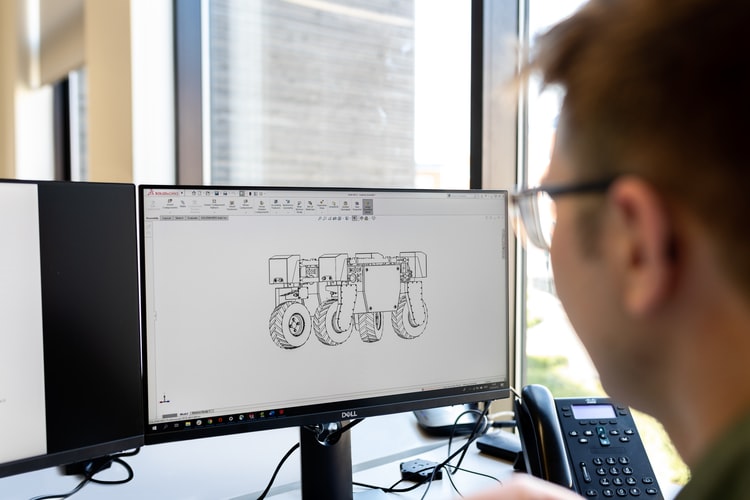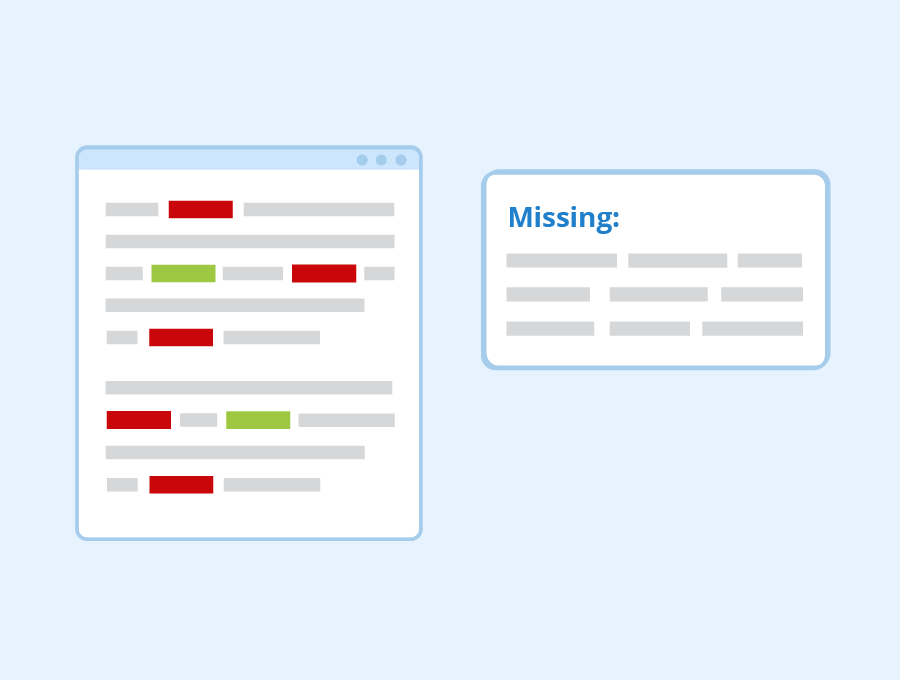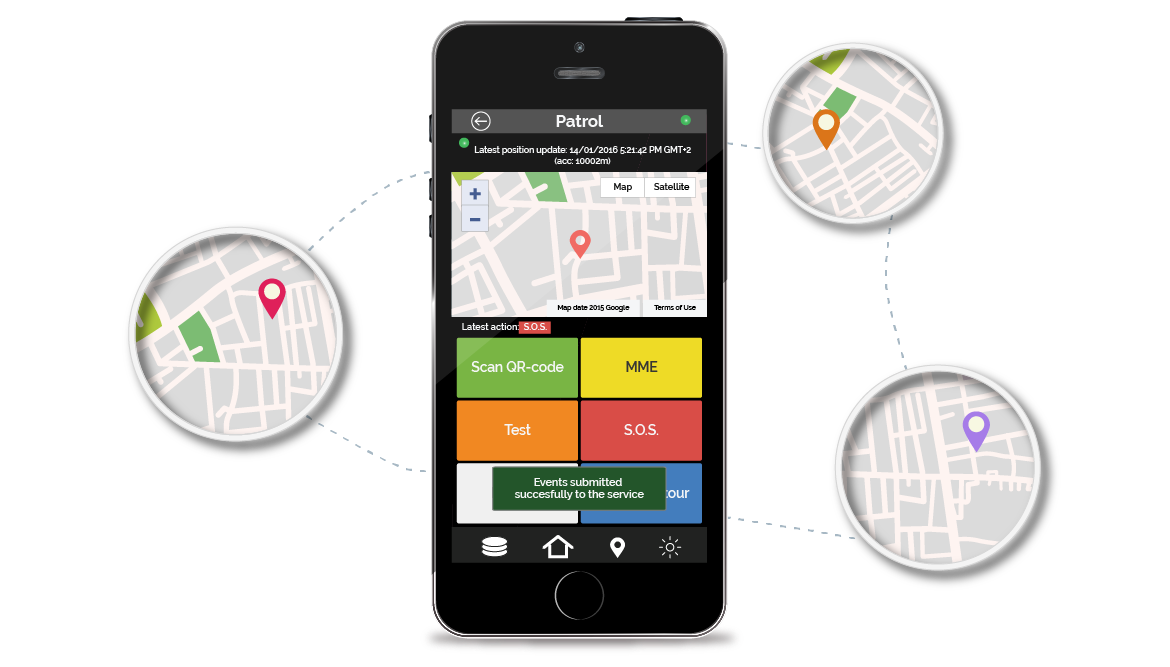What does a call manager professional do?
Cisco Call Manager Express (CME) is an enhanced IP telephony solution built into Cisco IOS. It is a great solution for small business customers to effectively use their IP data connection to integrate IP phone and voice delivery. Being able to support IP phone and IP data traffic through a single unified global solution is a huge benefit for customers both to get the best out of it and to limit their call manager professional.
In this article, I will introduce the Cisco Call Manager Express configuration process and setting up basic services. Cisco CME has evolved over the years, from Cisco IOS phone services to Cisco CME 3.0, 3.2, and so on.
For CME 3.2, the minimum required Cisco IOS Release 12.3 (11) T version is 12.3 (11) T.
Installing CME firmware files
CME requires specific files to be inserted in the flash memory of the router. These special files are accessed via a zip package file from the Cisco Software Center. Among other things, the firmware files in this zip file are for Cisco IP phones and must be extracted before being transferred to flash memory.
After accessing this storage file (cme-3.2.zip or cme-basic.3.2.tar) you should click on your tftp machine and use a copy of the tftp flash command to transfer the files to the router flash. You should only transfer firmware files for the types of phones used in your network.
From there, these guidelines should be provided in order to provide the CME preparation firmware and the appropriate IP server required.
Allow router as tftp server and specify the firmware file that will give CME access to IP phones:
Router (configuration) # tftp server flash: [firmware filename]
Example router (configuration) #tftp server flash: P0030702T023.sbn
Specify the type of Cisco phone firmware file to use when registering with the system for certain IP addresses (I believe that the Cisco 7940 IP Cable is used during this article):
Router (configuration) # telephony
Router (configuration telephony) #load [phone type] [firmware type]
For instance. Router (configuration-telephony) # load 7960-7940 P0030702T023
Specify the IP address and port number (standard port 2000) of the CME route used to register IP phones and provide their configuration documents (XML documents generated by the CME router):
Router (configuration-telephony) #ip source address [CME ip address] port [port number]
For instance. Router (configuration-telephony) #ip address address 192.168.10.1 port 2000
Create XML configuration documents that need to be sent to IP phones when saved later:
Router (configuration-telephony) # Create cnf files
Connecting several Cisco CME Routers
To be able to direct VoIP calls to and from a second CME system, you need to specify dial patterns that allow both systems to establish a remote connection to the partner site.
You need to configure the dial-peer, associate it with a destination pattern, and specify the IP address of the remote CME. Assignment includes real dial numbers or wildcards, for example, “50 ..” means everything in which there are four numbers in total, and the first two are make up the number “50”.
Connecting to the ISDN network
All that’s missing now is the setting to make calls to the PSTN and divert calls from the PSTN to the appropriate IP phone track work from home employees. The commands are very correct.
Below I present the settings required to call 4417021000 and call the PSTN based on the ISDN card installed on port 0/2 on the CME route. Note that I use the “potty” marker for PSTN connections.
Manually install phones and extensions
Before setting up plugins on your phones, you need to understand the terms “ephone” and “ephone-dn”. “Ephone-dn” indicates the voice gateway displayed on the CME system. The more virtual ports defined, the more connections can be created at the same time.
Unlike dn phone-dn, “phone” stands for CME mobile device. So in order to set up the basic call setting you need to specify at least one ephone-dn, provide additional numbers and connect the IP and call-dn call buttons.
In general, the following things need to happen:
Arrange a dn phone number with one voice port and two voice radios:
Router # contract-dn [list number] two-line
Example router (contract) # ephone-dn 1 two-line
Combine the basic and advanced extension numbers of this phone-dn:
Router (config-ephone-dn) # number [extension 1] second [extension 2]
Example router (config-ephone-dn) # number 1000 high 4417021000
The last thought
Cisco’s CME plan provides all the mobile services necessary for small and medium-sized businesses. It offers the benefit of use of the data current drive traffic to get rid of this looga extra costs. In addition, the ability to organize early services is supported and can be very effective in meeting specific business needs.




